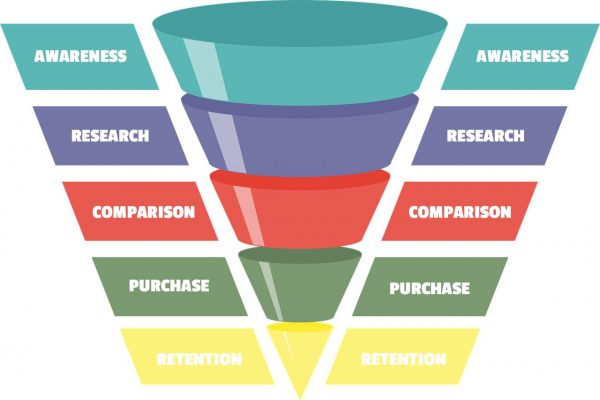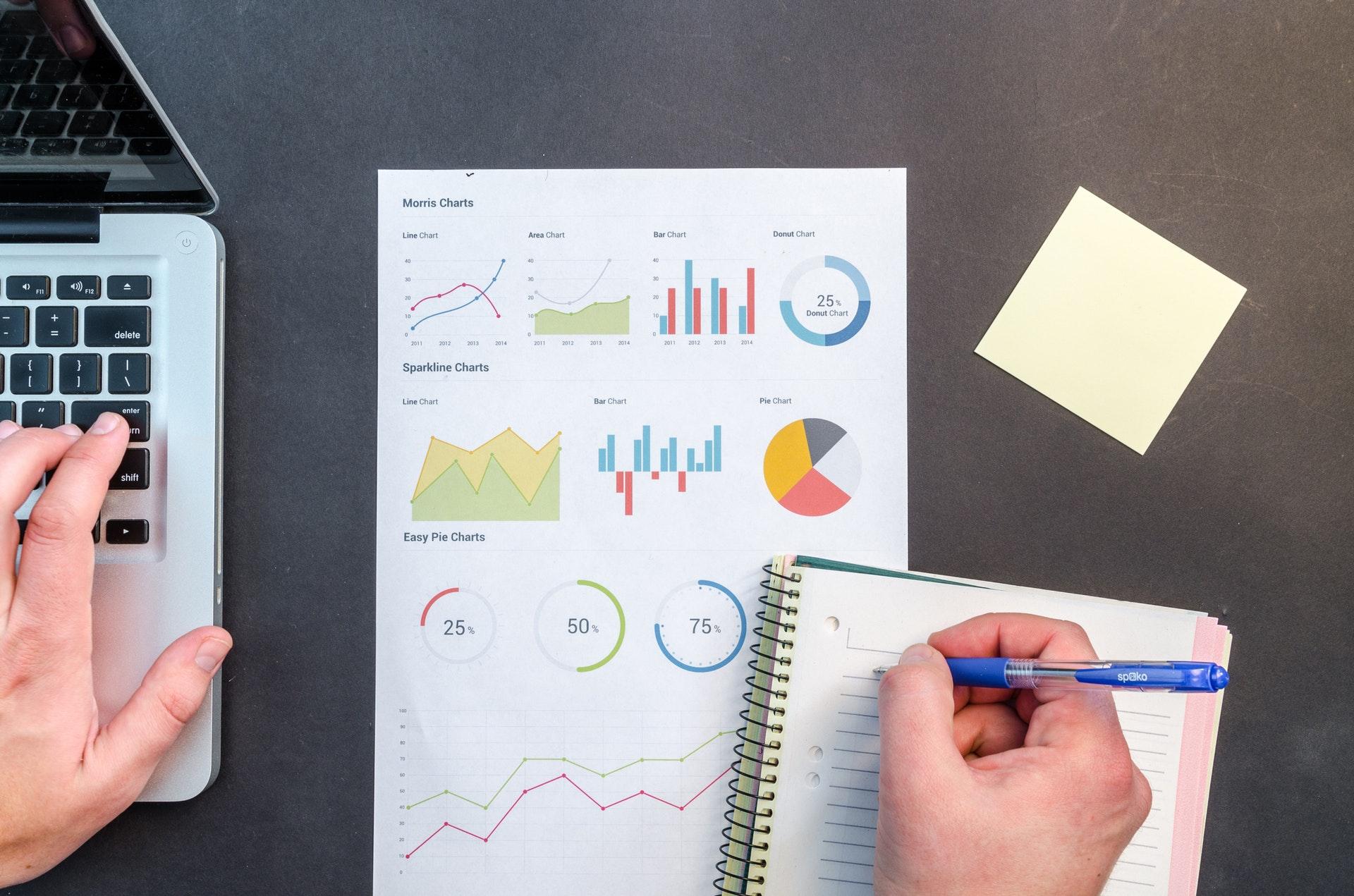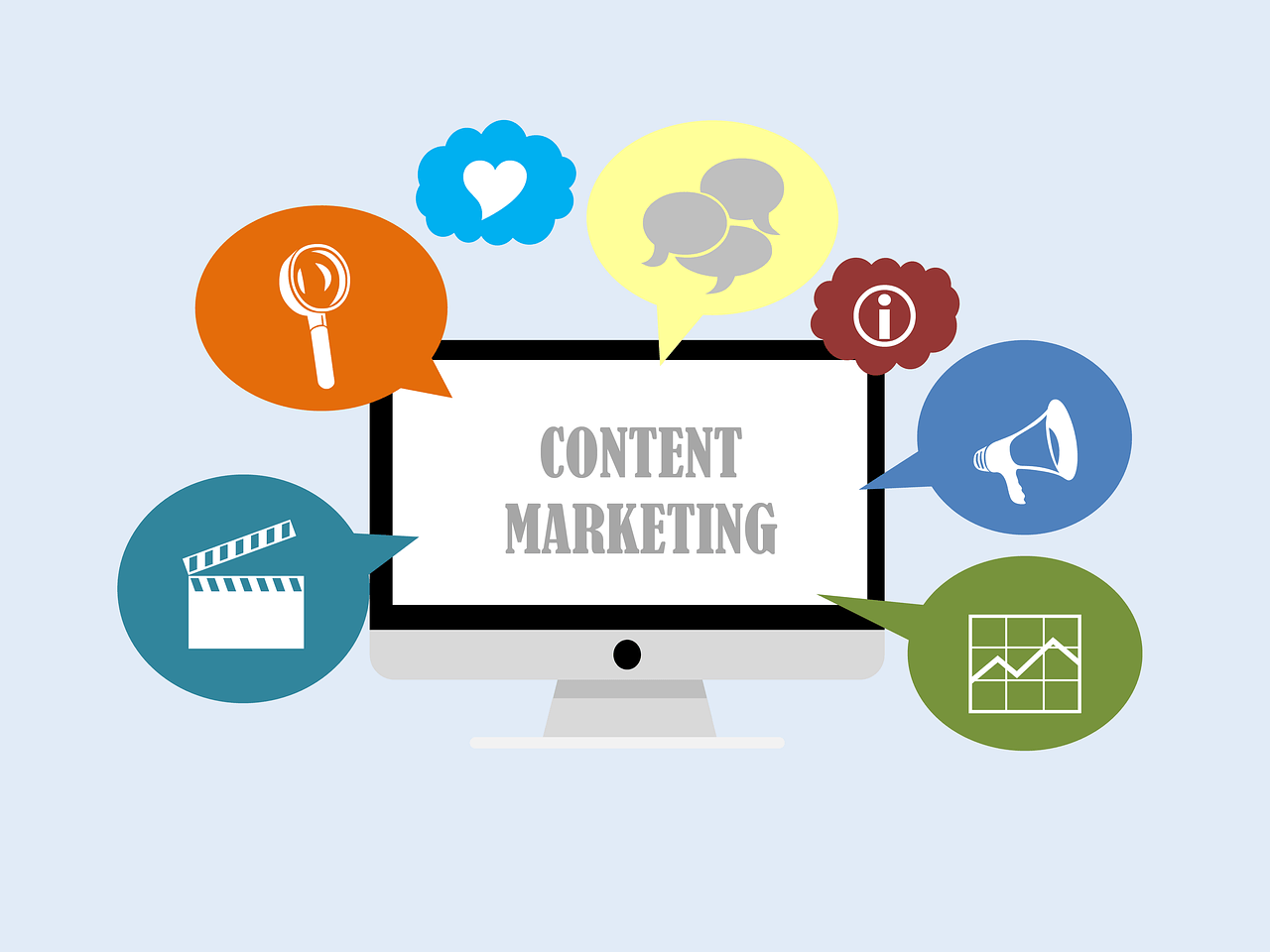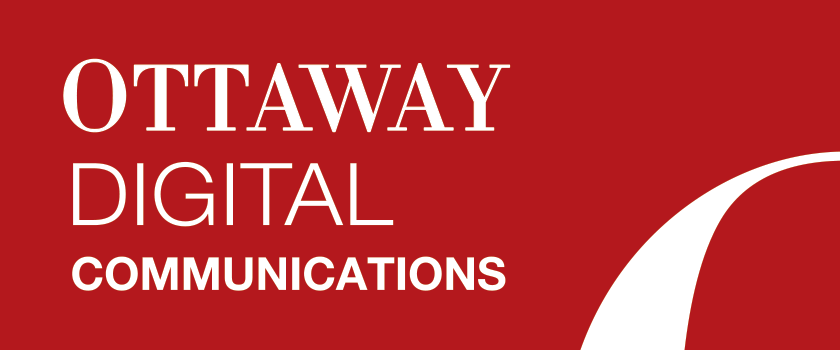What does Digital Marketing have to do with “Sales Funnels?”
Digital Marketing is a very broad term. Digital marketing can include paying for online advertisements (Paid Ads), your online visibility (Search Engine Optimization) and your brand’s online perception (Content Marketing.)
But in the end, all that matters in marketing is the sale. Marketing IS the sales funnel. And knowing the sales funnel stages for your customers’ buying cycle is key.
It is important to distinguish which aspects of digital marketing to implement and when, because buyers need different kinds of outreach depending on which stage they’re at in the buying cycle.
The goal is to move consumers through those different stages using all off the marketing channels available to you. So.
What is even is a Sales Funnel?
A sales funnel is a visualization of the path your future customer takes from hearing about your product to buying it. Outside of the funnel are the people who have never heard of you. At the bottom are your repeat customers.

The stages of a sales funnel include:
- Awareness
- Research
- Comparison
- Purchase
- Retention
With these stages we can show how we use different digital advertising techniques to move the customer from noticing us (Awareness) to keeping the customer loyal to your product or service (Retention.)
Sales Funnel Stages: Digital Advertising Terms to Know

Since digital marketing includes so many stages of the buying cycle we made a comprehensive list of digital marketing terms. That way you can understand all that is involved with getting customers to start noticing and end up buying your product or service. Let’s begin with…
Sales Funnel Stages 1: Awareness
Awareness: The customer has noticed your company, product or service exists.
Search Engine Optimization (SEO): Impacting the online visibility of a website or a web page in a web search engine’s unpaid “organic” results. This normally involves knowledge of terms your target audience uses, how the search algorithm operates and what keywords and search terms are used. Since most algorithms are complicated you might need to seek out an SEO expert that has a lot of knowledge and experience.
Brand Awareness: the extent to which consumers are familiar with the distinctive qualities or image of a brand of goods or services.
Local Search Optimization: Inputting location information into local directories to better trigger search engines to display organic results and the “Local Pack”
Impressions: When an ad is fetched from its source and appears in results. This does not mean the ad is clicked on.
Sales Funnel Stages 2: Research
Research: The customer has researched your company, product or service.
Behavioral Targeting: Segmenting groups of consumers based on their interests or buying habits. For example, Mark loves to play volleyball. Mark likes to join Facebook groups where he can talk about volleyball with others who enjoy it. Mark is a part of three Facebook groups dedicated to volleyball. If you were a company that sold volleyballs you could create ads on Facebook for people like Mark who follow or like certain Facebook groups (e.g. Volleyball). Potential targets are also created based on their online searches, clicks and impressions to pages related to their interest, in this case “Volleyball.”
Sales Funnel Stages 3: Comparison
Comparison: The customer has researched and found the pros and cons of your company, product or service in relation to your competitors.
Whitepaper/Technical Writing: A writing piece dedicated to getting the reader to understand a complex issue and solve a problem. A good Whitepaper will guide readers through a decision-making process and help the reader understand the author’s philosophy on the matter.
Case Study: A recorded report of a business transaction or study by an actual company. Details are laid out in the report and explain the process, development and methodology of the situation.
Social Media Marketing: The use of social media platforms and websites to promote a product or service. Gaining traffic or attention through social media sites that lead to brand awareness, changes consumer perception and is a voice to respond for any public relations matters.
Reputation Management: The control of an individual or business’ reputation. Nowadays this means controlling the spin and growth of your online reputation with the efforts of social media and digital marketing.
Sales Funnel Stages 4: Purchase
Purchase: The customer has bought a product or service from your company.

Digital Advertising: the process of gaining website traffic by purchasing ads on search engines.
Ad Extensions: Ad Extensions give you the opportunity to add more information on to your ad. App, Price, Structured snippet extensions, Sitelink, Callout, Message and Location extensions to help boost the performance of your Google Ads.
https://support.google.com/google-ads/answer/7332837
Cost-per-Acquisition: An online pricing model where the advertiser pays for a specified acquisition. This acquisition can range between a sale, click or form submission.
Display Advertising: A type of online advertising that relies on images, audio and visual to display an a message.
Cost Per Click (CPC): a system of online billing where an individual click has a fixed cost that the user chooses.
Pay Per Click (PPC): a system used to set prices for online advertisements on a search engine or other website, by which the advertiser pays a small fee to the website publisher each time a user clicks on the advertisement.
Retargeting: Online advertising that focuses on potential customers that have bounced from your website, form submission or shopping cart. This is a great tactic to implement since most websites only convert on 2% percent of web traffic that visit a website the first time.
Sales Funnel Stages 5: Retention
Retention: The customer actively recalls and seeks out your company or brand’s product or service in your specific industry category.

Lead Generation: the marketing process of stimulating and capturing interest in a product or service for developing sales pipeline.
Customer Relationship Management: A management tool to help you track, manage and delegate tasks, leads and communicate amongst your team.
CRM Platforms: Stores customer information, access business information and set up, customer interaction
Social Media Management: This is a tool that is used to schedule, add images and write post meant for social media websites.
Facebook Marketing: The use of Facebook to fulfill digital marketing needs for your clients.
LinkedIn Marketing: The use of Facebook to fulfill digital marketing needs for your clients.
Email Marketing: The use of email communication to communicate products, express brand personality.
Website Design: The organization of text, images, dynamic content in a manner that converts visitors to be potential customers or perform an interaction with their respective audience.
Web Development: Developing a website for the internet. This involves writing code that can be used to create websites, apps and electronic stores. Web Developers are involved with web design, search engine optimization and how responsive the website is on phone. Developers are normally categorized between Front-End Developers, Back-End Developers and Full-Stack Developers.
Front-End Developers: A Web Developer in charge of the Webpage layout, buttons and all content you can see and interact with on a website.
Back-End Developers: A Web Developer in charge of the server (email), applications, web hosting and databases. These developers oversee all the information that is received when customers interact with a company’s website, applications and cookies.
Full-Stack Developers: Have the skill set of a Front-End Developer. and Back-End Developer.
Use Digital Marketing increase Sales Funnel effectiveness
As a marketer it is important to use every effective marketing technique you can to develop an effective sales funnel that will inspire your consumers to action. In today’s world this includes having an answer for digital marketing. Understanding our digital advertising terms is a good start to launching an effective marketing strategy that will connect your product or service to your customers’ needs.
With 89% of U.S Adults using the internet for its important to make sure you are available to be found by your customers. With so many distractions online like entertainment, news, shopping and social interaction it’s important to develop your buying cycle stages with your customer in mind. Your customer will stray from your website or < href="https://baymard.com/lists/cart-abandonment-rate">abandon their shopping cart. This is normal. That’s why it’s a digital marketer’s job to potential customers to continually engage with your brand until they are ready to complete a desired action.



